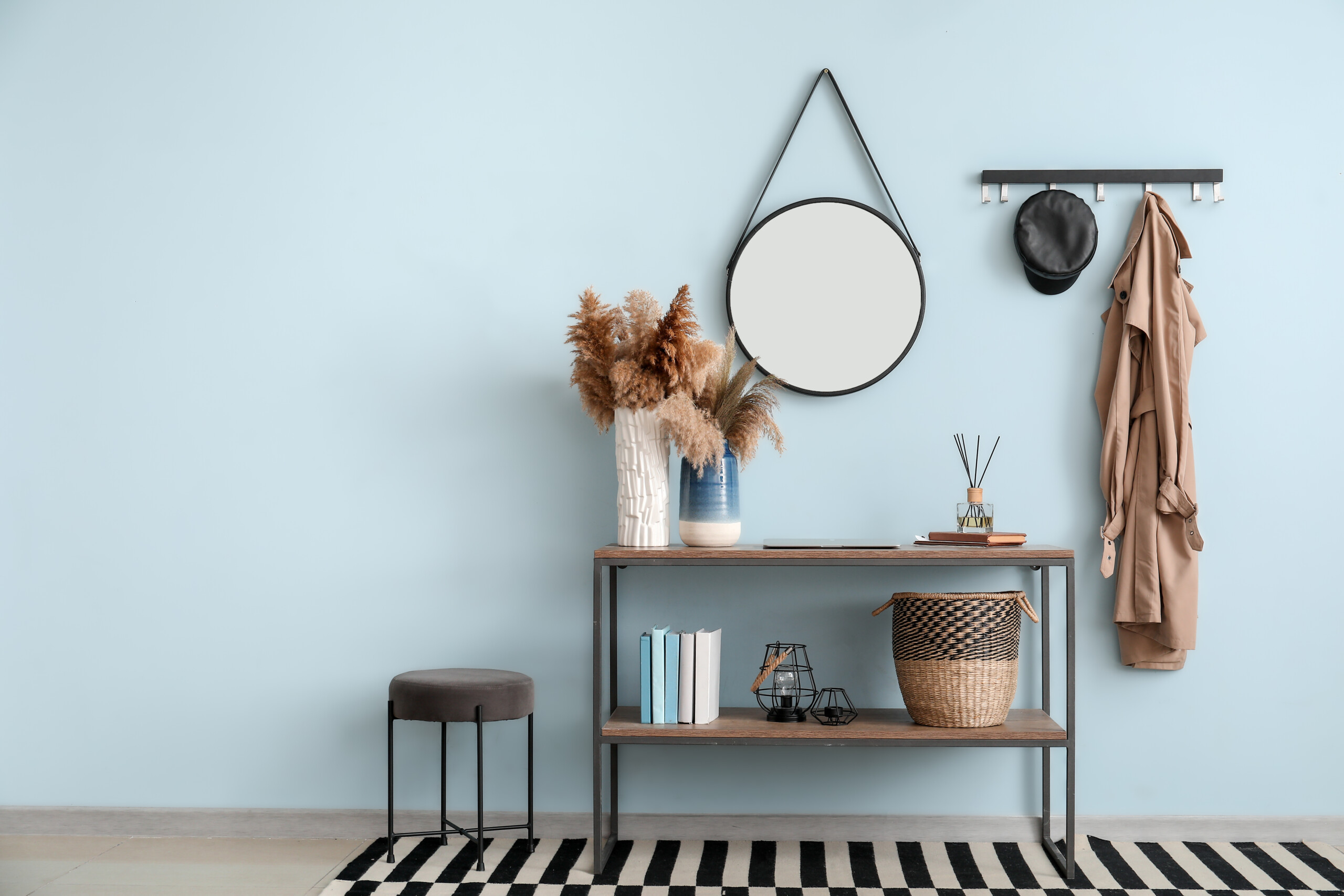Are you planning a hiking trip and wondering how tight your hiking boots should be? The fit of your hiking boots can greatly impact your comfort and performance on the trail. In this article, we will explore how tight hiking boots should be and provide some tips to help you find the perfect fit.
When it comes to hiking boots, the right fit is crucial. Ill-fitting boots can lead to blisters, foot pain, and even injuries. On the other hand, boots that are too loose can cause your feet to slide around, leading to discomfort and instability.
So, how tight should hiking boots be? The general rule of thumb is that your boots should fit snugly but not too tight. You should have enough room to wiggle your toes, but your heels should not lift up when you walk. It's important to find a balance between a comfortable fit and a secure hold on your feet.
In summary, when choosing hiking boots, it's important to find a snug fit that allows for some room to wiggle your toes and prevents your heels from lifting up. Finding the right fit can greatly enhance your hiking experience and keep your feet happy on the trail.
How Tight Should Hiking Boots Be: A Personal Experience
During a recent hiking trip, I made the mistake of wearing hiking boots that were too tight. Initially, they felt snug and secure, but after a few hours on the trail, I started to feel discomfort and pain in my toes. By the end of the day, I had developed blisters and had to cut my hike short.
This experience taught me the importance of finding the right fit for hiking boots. Since then, I have learned to carefully measure my feet and try on multiple pairs of boots before making a purchase. I now prioritize finding a snug fit that allows for some room to wiggle my toes and prevents any heel slippage.
When trying on hiking boots, it's important to wear the same socks that you plan to wear on your hikes. Thick socks may require a slightly larger size, while thin socks may require a tighter fit. Additionally, it's a good idea to try on boots in the afternoon or evening when your feet are naturally slightly swollen, as they would be after a long day of hiking.
How Tight Should Hiking Boots Be: Finding the Perfect Fit
The fit of hiking boots can vary depending on the brand and model. Some hikers prefer a snug fit, while others prefer a more relaxed fit. It's important to try on different styles and sizes to find the one that feels most comfortable for you.
When trying on hiking boots, start by loosening the laces and slide your foot into the boot. Make sure your heel is all the way back in the boot and lace it up snugly but not too tight. Walk around the store or your home to see how the boots feel. Pay attention to any areas of discomfort or pressure points.
It's also important to consider the type of hiking you will be doing. If you plan on tackling rugged terrain or carrying a heavy backpack, you may want a stiffer and more supportive boot. On the other hand, if you will be hiking on well-maintained trails and carrying a lighter load, a lighter and more flexible boot may be more comfortable.
How Tight Should Hiking Boots Be: Expert Recommendations
Experts recommend that you should be able to fit one finger comfortably between your heel and the back of the boot. This ensures a snug fit without any slippage. Additionally, your toes should have enough room to wiggle without feeling cramped or squished.
It's important to remember that your feet may swell while hiking, especially on longer or more strenuous hikes. To account for this, some hikers prefer to go up half a size or wear thinner socks to allow for extra room. Ultimately, the perfect fit will depend on your personal preference and comfort.
How Tight Should Hiking Boots Be: The Importance of Proper Fit
Proper fit is essential for a comfortable and enjoyable hiking experience. Ill-fitting boots can lead to blisters, foot pain, and even injuries. On the other hand, a well-fitting pair of hiking boots provides support, stability, and protection.
When your boots fit correctly, you can hike for longer distances without discomfort. The right fit prevents your feet from sliding around inside the boots, reducing the risk of blisters and hot spots. It also ensures that your feet are properly supported, reducing the strain on your muscles and joints.
In addition to preventing discomfort and injuries, properly fitted hiking boots can also improve your overall performance on the trail. With a secure fit, you can confidently navigate challenging terrain and maintain better balance and stability.
Conclusion
When it comes to hiking boots, finding the right fit is crucial. Your boots should be snug enough to provide support and stability, but not too tight that they cause discomfort or restrict movement. Remember to try on different styles and sizes, and consider the type of hiking you will be doing. Prioritize comfort and fit to ensure an enjoyable hiking experience.

No comments:
Post a Comment